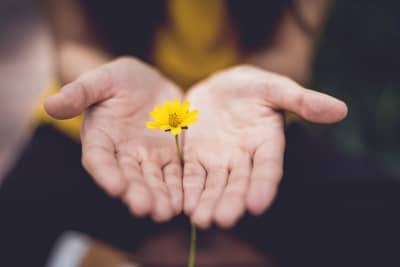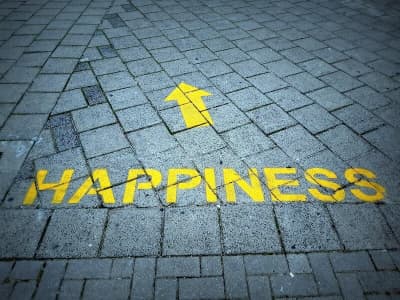My husband has mild cognitive impairment; it’s the ultimate experience of learning to live in the present. He’s taught me more about this than all my years of meditation.
It’s an interesting place where I find myself. He finds simple joys every day; that’s his nature, while my aged mother lives in an abundance of curated cuttings, booklets, receipts, documentation, and things from the past.
We often hold on for fear we will forget; we’re perhaps a summation of our memories until we’re not. I know he has enough; he’s peaceful, while my mother belongs in her things and is finding it more challenging to make changes. I think how they are navigating their changes is curious to reflect upon than any specific conclusions to be drawn about the best way.
For those of you who know Stephen Covey’s idea of influence and concern, my husband has adopted this strategy for dealing with his changes. If you can’t influence it, don’t get concerned about it. I respect him immensely for his approach, even though it wasn’t easy.
This journey has got me curious about how and in what we anchor our memories: external objects that hold the context of our stories as much as the things themselves, or is it something else? In our digital age of thousands of photos, how do we remember the stories embedded in all those images? What do they tell us about our relationship with the world? What is our relationship to ourselves in time? Our stories may be ready for retelling. One of my most respected teachers and therapist advised us how valuable it can be to change the images we hold, which can start to shift the stories that are keepers of our discomforts.
In what or where are your happier memories anchored, and what stories would you like to share? Sharing might create a flurry of shared joys.
“Memories are not fixed or frozen but are transformed, disassembled, reassembled, and recategorised with every act of recollection” – Oliver Sacks



Comments
You need to be Logged In and a Moodscope Subscriber to Comment and Read Comments